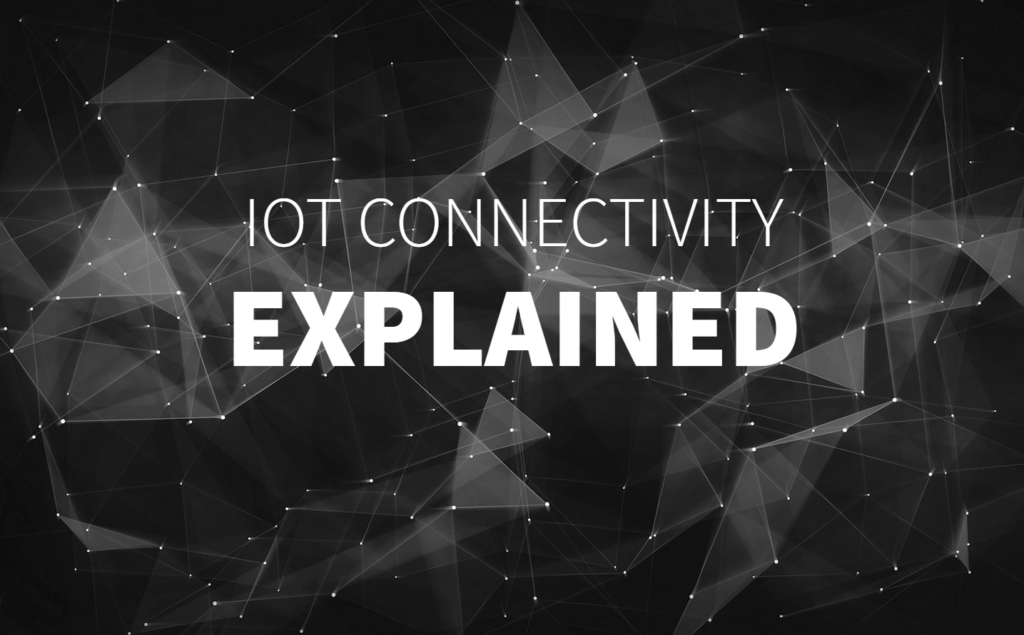Internet of Things explained
Welcome to learn about the Internet of Things, or IoT as known in short. We set up this site to help people who are working with the Internet of Things or wireless product development. We want to provide knowledge to help with designing, developing, and building Connected products, IoT applications, IoT devices, and solutions.
Creating wireless products requires a vast knowledge of various connectivity protocols and their most suitable use cases or device types. Our team works with connectivity ranging from cellular to LPWAN, and WiFi to Bluetooth connectivity to mention a few.
What is IoT?
The Internet of Things again is a complex area with several IoT protocols, standards, and technologies. Luckily you won’t need all of them, but it is very important to understand which IoT standards, protocols, and technologies can provide the best technology platform for your IoT applications.
We are here to help you to navigate through the complex maze of IoT technologies! Enjoy!

The IoT Stack or architecture
IoT applications are made up of a collection of protocols, standards, and technologies – there is no universal model to describe it. Varying network topologies, including IoT Mesh, Star, and Poin-to-Point are used for different contexts. Here is our simplified overview of the IoT stack, i.e. the key concepts that you will have to consider when you develop an IoT solution.

IoT Applications or Services
IoT applications are at the top of the IoT protocol stack and provide the use-case-specific functionalities, user interfaces, and data transactions that are usually considered to be a part of an IoT application. The IoT application software converts the use-case, for example – a remote valve monitoring solution or an intelligent washroom solution into a programmable set of actions that the IoT devices are expected to perform in the context of the given use-case.
Devices
IoT devices are the most visible part of an Internet of Things solution. There are various types of IoT Devices in many industrial and consumer segments – sensors, actuators, trackers, cars, cameras. Despite the countless types of IoT devices they all comprise of a common set of functionalities when it comes to IoT technologies. The IoT devices always contain IoT application software (including middleware and operating system), device management and data management client software, a wireless communication module, and the connectivity service.

Device and Data Management
Internet of Things applications need a variety of enabler functionalities from the underlying technology layers. IoT Device Management and Data Management layers help to provide these functionalities for IoT device provisioning, device software and operating system updates, data input/output capabilities. They ensure that the IoT applications can handle and transmit data, and manage the IoT devices in different operational scenarios. Standard examples of IoT Data Management protocols include MQTT and CoAP, and those of IoT Device Management are LwM2M and OMA-DM, to name a few.
IoT Mesh, Star, and Point-to-Point Network Topologies
There are three main network topologies used in IoT: Mesh IoT, Star, and Point-to-Point networks. The Mesh Topology is the most deployed networking architecture for massive IoT applications. Our blog will give you an overview of the four most popular IoT protocols used to create a mesh IoT network.
IoT Communication Protocols
IoT applications are distributed networked systems, according to the definition. IoT devices must be able to communicate with each other, and with the Cloud. There are several wireless IoT Communication Protocols, and different protocols are ideal for different applications. A connected vehicle needs a communication protocol that provides global roaming, low latency, and high bandwidth, while an intelligent washroom solution requires a short-range connectivity and low bandwidth.
The IoT Communication Protocols Comparison table gives you the chance to study and compare the most relevant aspects, attributes and features of the most popular IoT Communication Protocols in use today.


